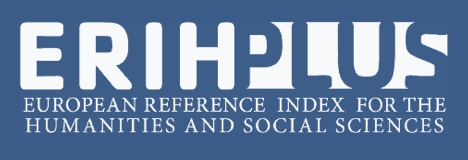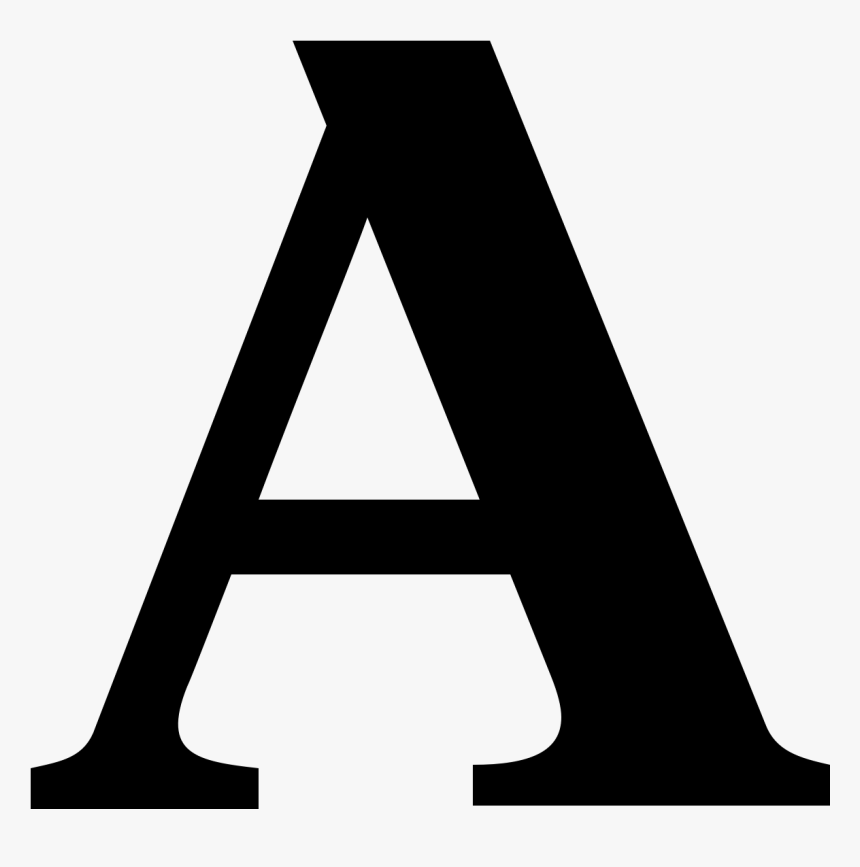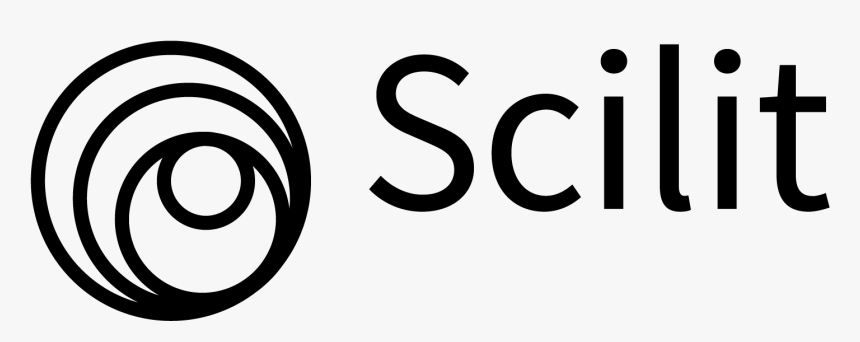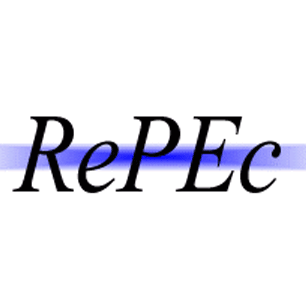Submission Guidelines
INSTRUCTIONS FOR AUTHORS
Authors are required to format their manuscript as per guidelines define by the journal.
- Research papers are accepted in English language only.
- Manuscript should be submitted in word form only.
- Document should be double space.
- Minimum acceptable length is 4000-8000 words.
Manuscript should be compiled as follow:
Title Page
Title page should include author names, affiliation and email addresses. Corresponding author should be identified.
Section Headings should be concise and bold-face. Divide your manuscript in clear sections.
Title, Keywords, and Abstract
The title, keywords, and abstract are critical in ensuring that readers locate your work online. Articles and essays should be accompanied by an interesting abstract of no more than 300 words (maximum): A good abstract describes the content offered in the paper, including the topic or focus, the type of study reported (e.g., conceptual, empirical, qualitative, field, network study, etc.), the context, the primary data source, and the most important findings and contributions. The better your abstract, the easier it will be for others to recognize, read, and build on your work.
With the abstract, 5 to 7 keywords should be provided.
Introduction
[500-1000 words]
In introduction section you must provide theoretical background, indicating importance of research work, specific research question and objectives of the study. Provide in-text references in APA style for all the facts that are presented here.
Literature Cited
[1000-1500 words]
This section offers information on the range of other studies cited. The literature review section is helpful for generating a list of background reading on the topic under study. Minimum 15-20 good and recent works (references) should be presented here.
Material and Methods
[500-1000 words]
Include methodological orientation [grounded theory, discourse analysis, content analysis] Sampling [number of participant, Method of approach, where the data was collected] Data collection [interview, questionnaire] and data analysis. Techniques already published ought to be shown by a reference: Only significant amendments should be described.
Results
[500-1000 words]
Results should be clear and concise. The results section contains the data gathered during experimentation.
Tables and Figures
Tables and figures help improving both pursuer’s comprehension of data and the productivity of its presentation. However, generally as excessively numerous figures and tables can take away from the general account. We encourage the thoughtful utilization of tables and figures and discourage their overuse. Number tables and figures consecutively (one series for tables, one for figures). Indicate the position of each in the text as follows:
Discussion
[500-1000 words]
This should explore the significance of the results of the work. The discussion section will explain the authors interpret their data and how they associate it to published work. Avoid extensive citations and discussion of published literature.
Conclusion
Study should be concluded in this section along with implications, limitation of research study and future direction based on limitations.
Limitations and Study Forward
No study covers all aspect of the research problem. Author should discuss the limitations or gaps of this study. And also present future scope or plan of the study.
Acknowledgment
Include a note before reference list page, if you wish to recognize financial support, any other help, or the useful input gave by the reviewers or the editor. Footnotes should be placed on respective pages.
References
Ensure consistency among in-text and end references. End references should be arranged alphabetically.
- In-text citations are acknowledged with Author (Year) or (Author, Year). Multiple authors.
For example:
Green and Tull (2008) revealed that in developing new product. - For two authors provide both names every time. While for three through five authors all names are included first time, after that et al will be used in subsequent citations.
First citation: Rai, Ruppel and Lewis (2005) have stated that the difference between a winner.
Subsequent citation: Rai et al. (2005) who maintained that the primary difference. -
For six or more authors, use “et al.” even for the first citation.
Direct Citation: Koontz et al. (2007). Czrl and Belovecz (2007) stated that maintaining.
Indirect Citation: (Koontz et al., 2012). Maintaining their existing ones (Czrl & Belovecz, 2007) For book: (Hayler & Nichols, 2007, p. 12). - Minimum 30 good quality references required with cross ref DOI.
- All references should be in APA edition and present inside the main body of article. Don’t put extra references which are not cited.
REFERENCE LIST
Books
Author, A., & Author, B. (Year). Title of the work. Place name: Publisher. Hayler, R., & Nichols, M. D. (2007). Six sigma for financial services (2nd ed). New York, NY: McGraw-Hill.
Chapter in a Book
Author, A., & Author, B. (Year). Chapter title. In A. Editor, B. Editor, & C. Editor (Eds.), Title of the book (pp.xx-xx). Place name: Publisher.
Marker, F. J., & Marker, L. (2009). Strindberg in the theatre. In M. Robinson (Ed.), The Cambridge companion to August Strindberg. New York, NY: Cambridge University Press.
Journal Article
Author, A., & Author, B. (Year). Article title. Title of Periodical, x(x), pp-pp.
Hevner, A. R., March, S. T., Park, J., & Ram, S. (2004). Design science in information systems research. MIS Quarterly, 28(1), 75-105.
Working Paper
Kang, D. (2000). Family ownership and performance in public corporations: A study of the U.S. fortune 500, 1982–1994 (Working Paper No. 00-0051). Harvard Business School, Boston, MA.
Dissertation
Healey, D. (2005). Attention deficit/hyperactivity disorder and creativity: An investigation into their relationship (Unpublished doctoral thesis). University of Canterbury, Christchurch, New Zealand.
Proceedings
Lodhi, A., Koppen, V., & Saake, G. (2013). Business process improvement framework and representational support. In Proceedings of the Third International Conference on Intelligent Human Computer Interaction (IHCI 2011), Prague, Czech Republic,August, 2011 (pp. 155-167), Springer Berlin Heidelberg.
Web page
New Zealand Teachers Council. (2004). Code of ethics for registered teachers. Retrieved from http://www.teacherscouncil.govt.nz/required/ethics/codeofethics.stm












.jpg)








